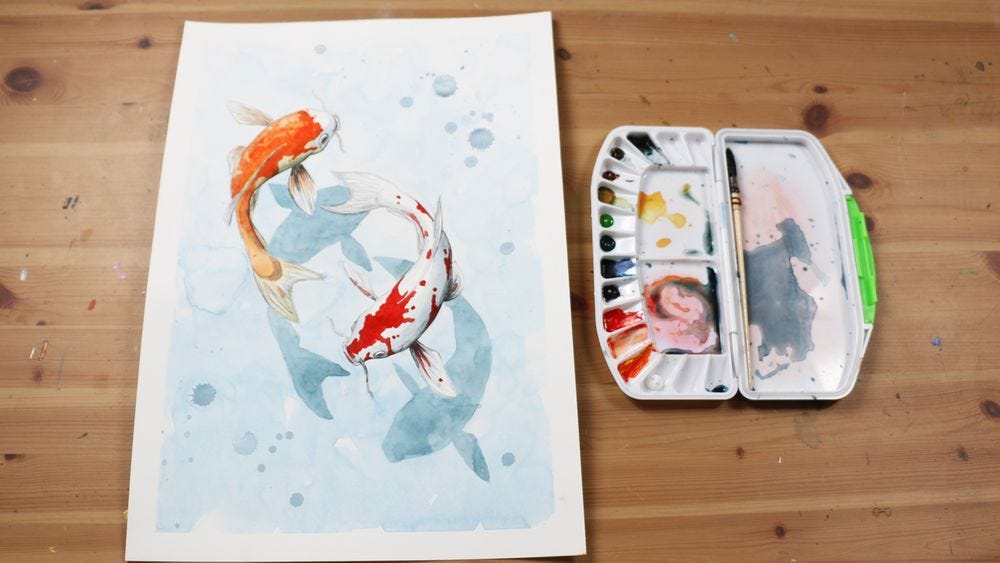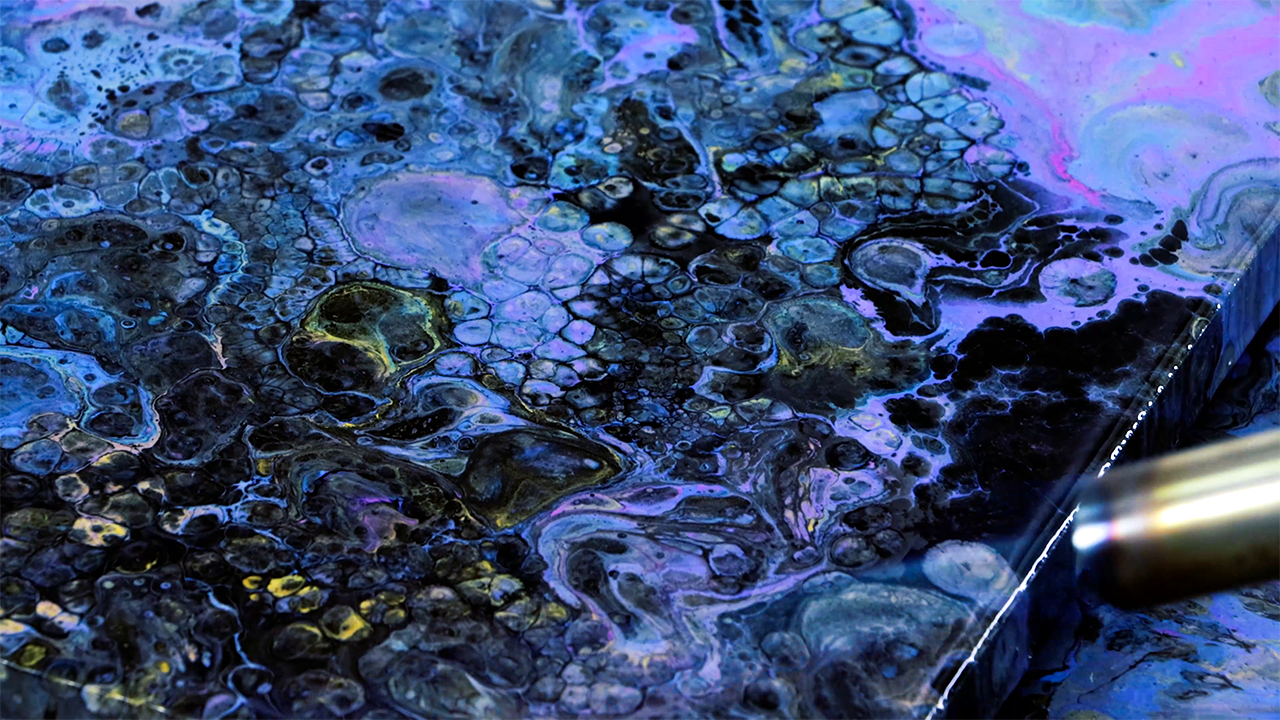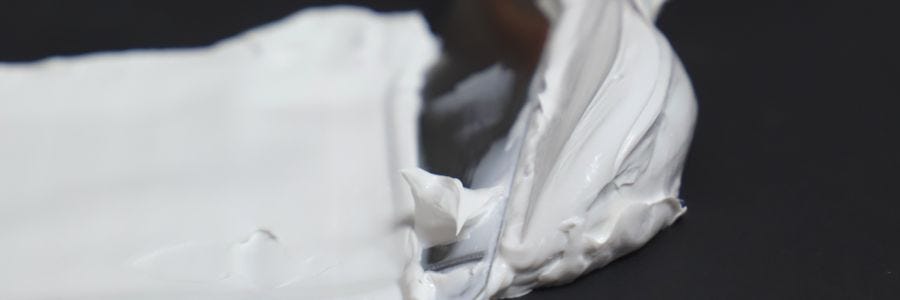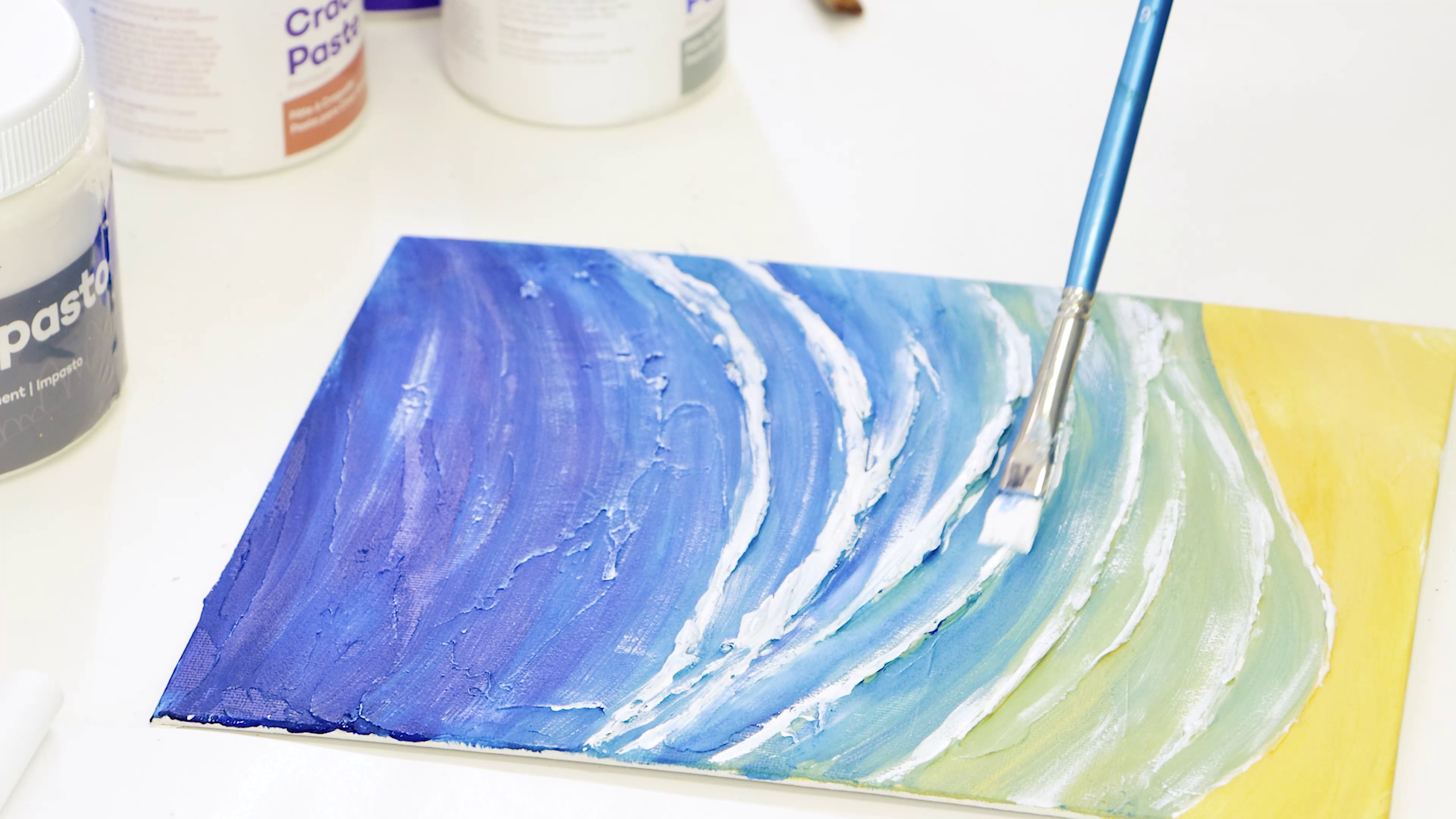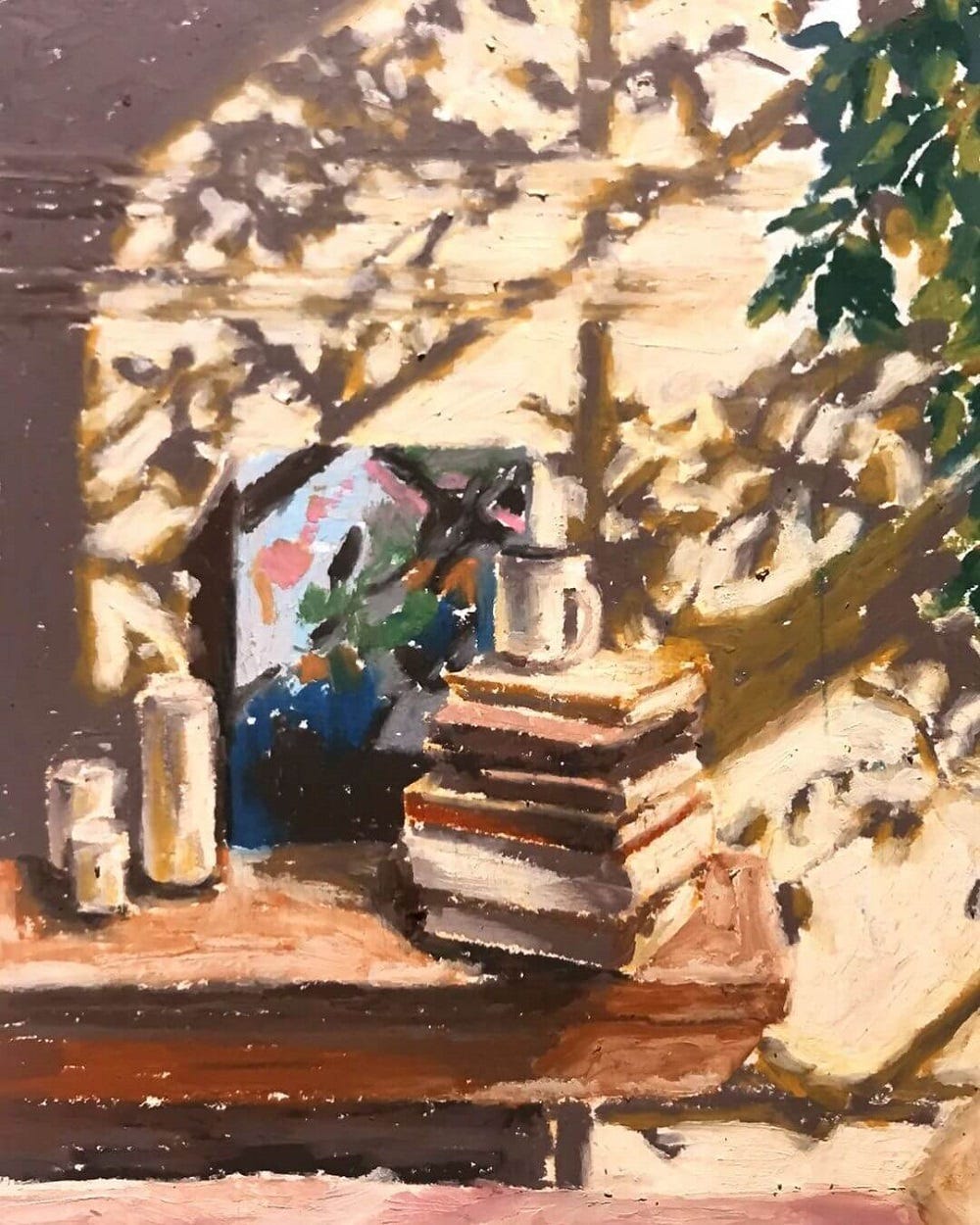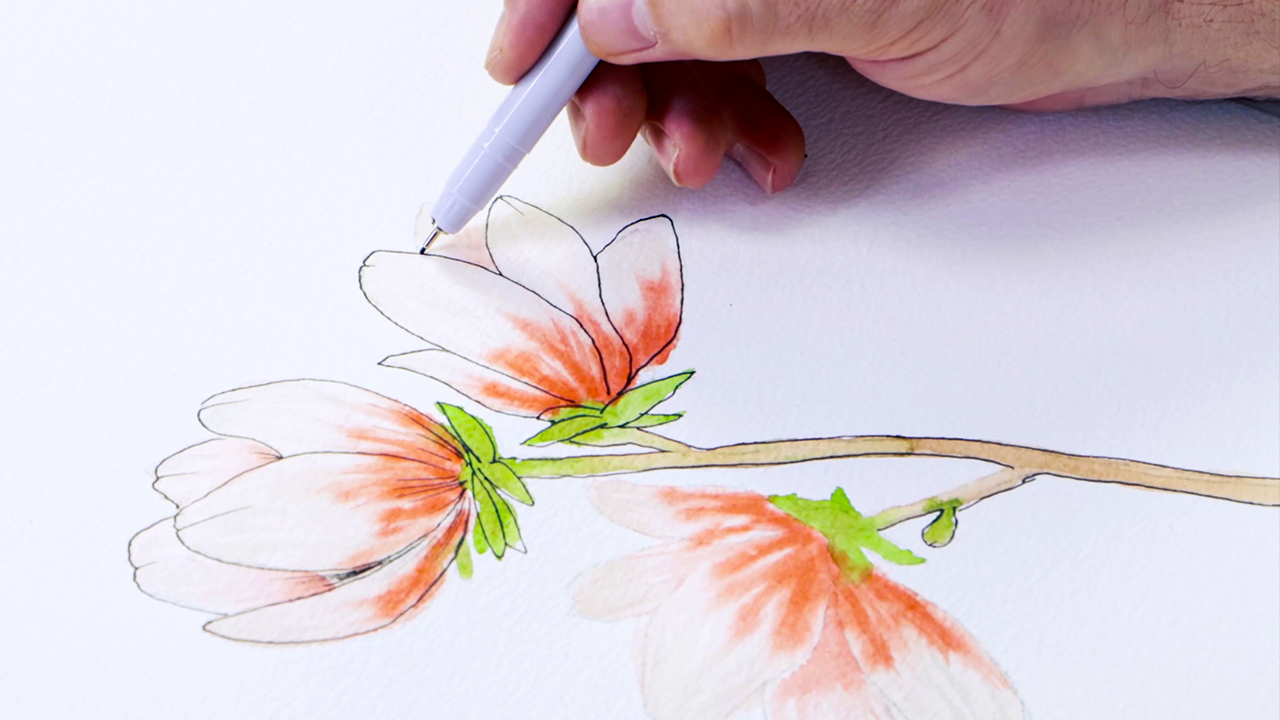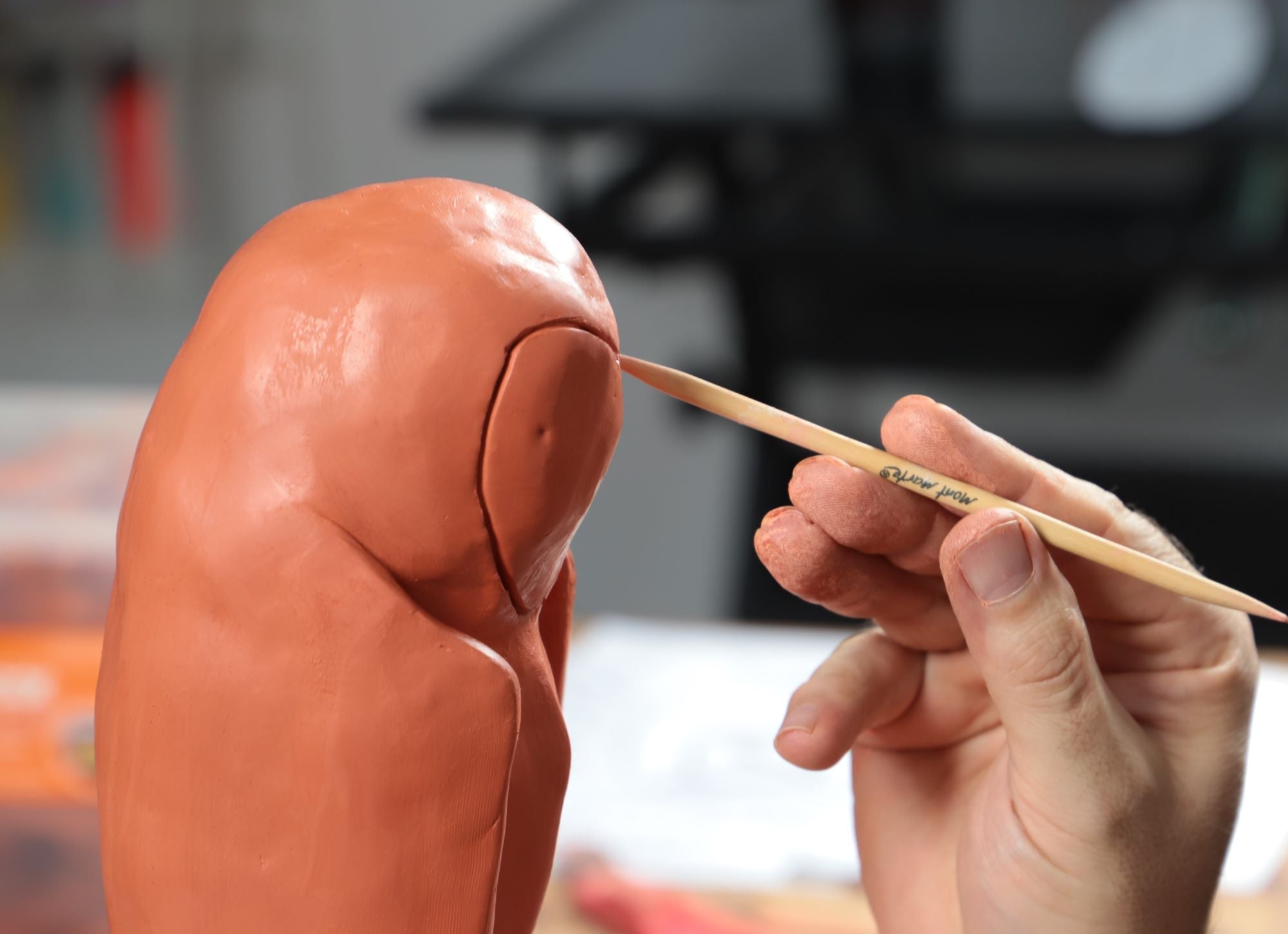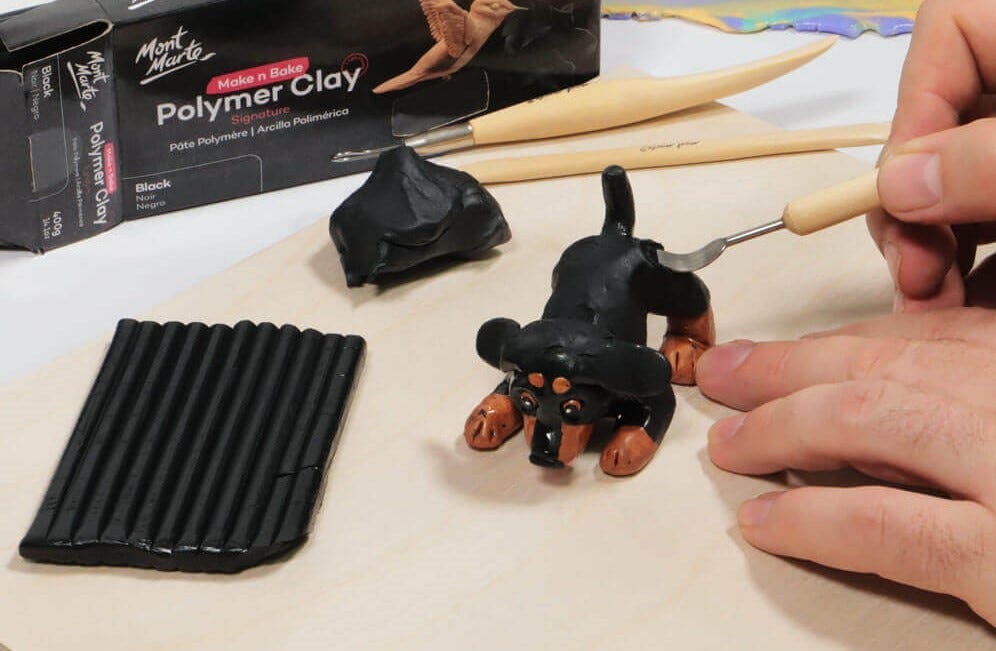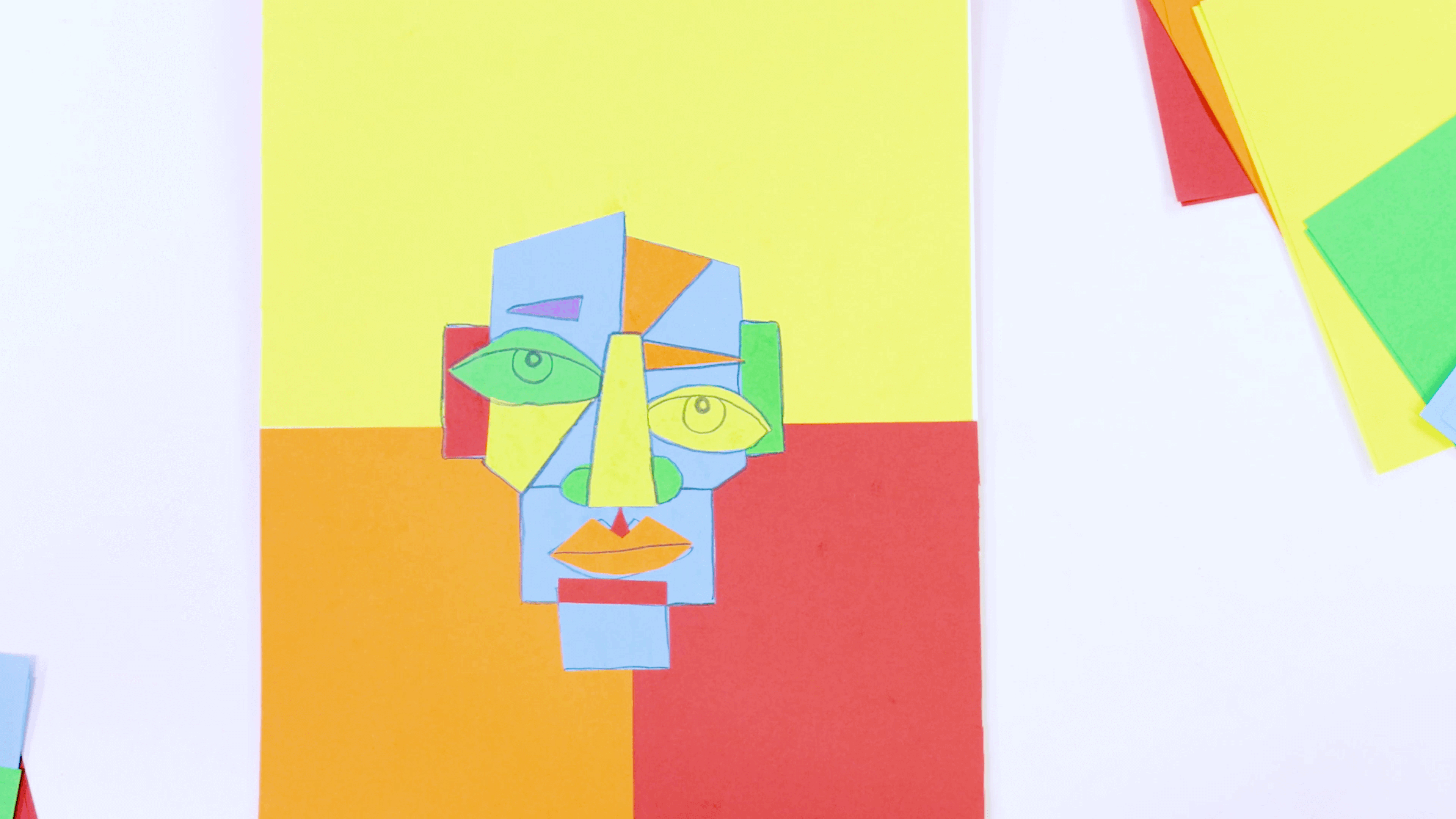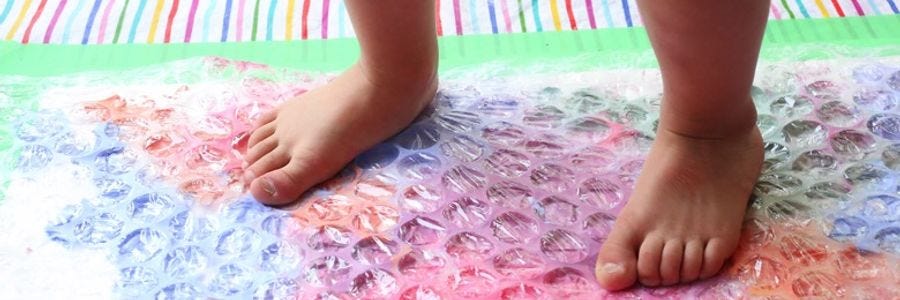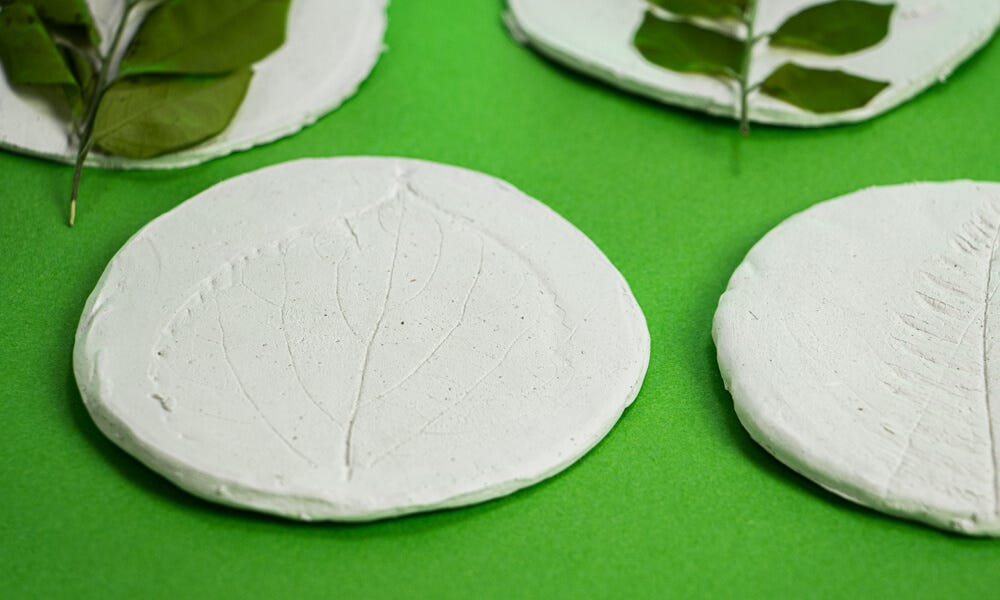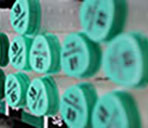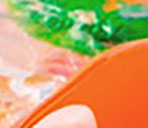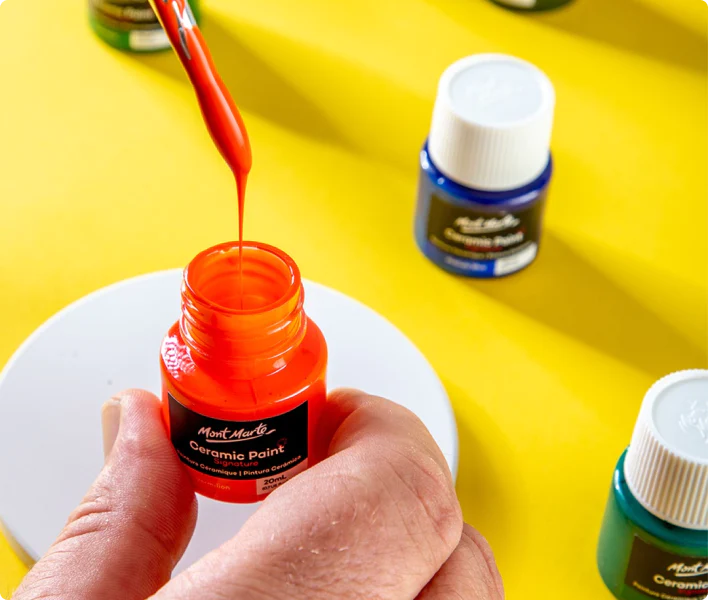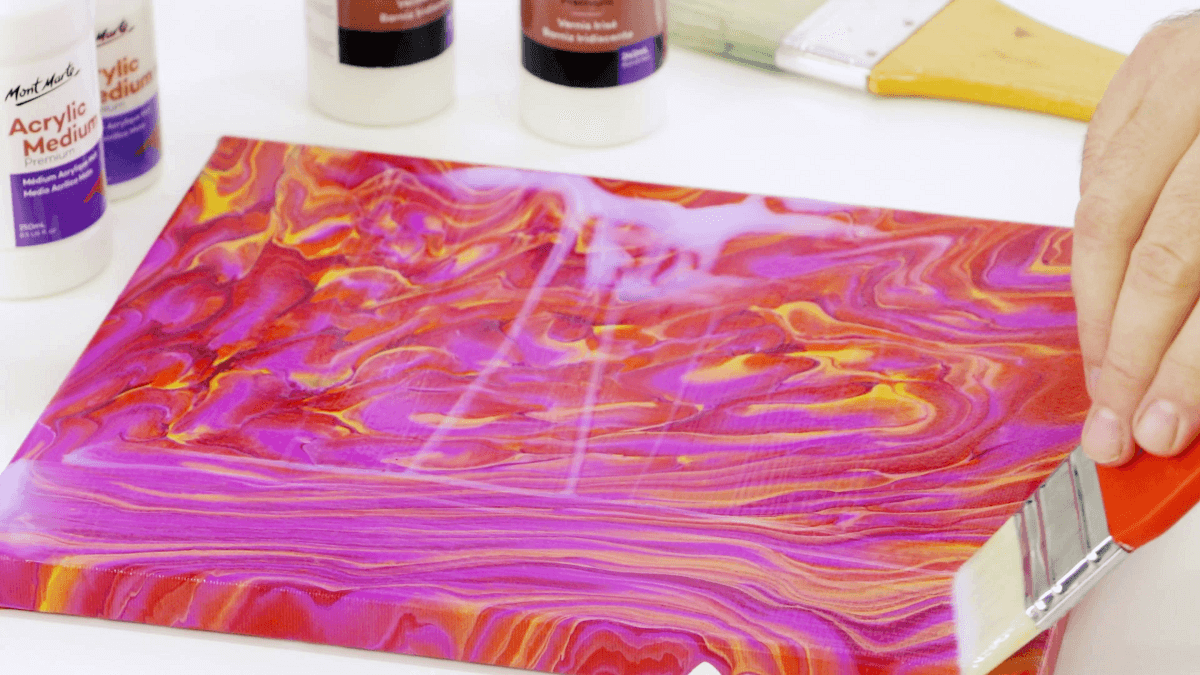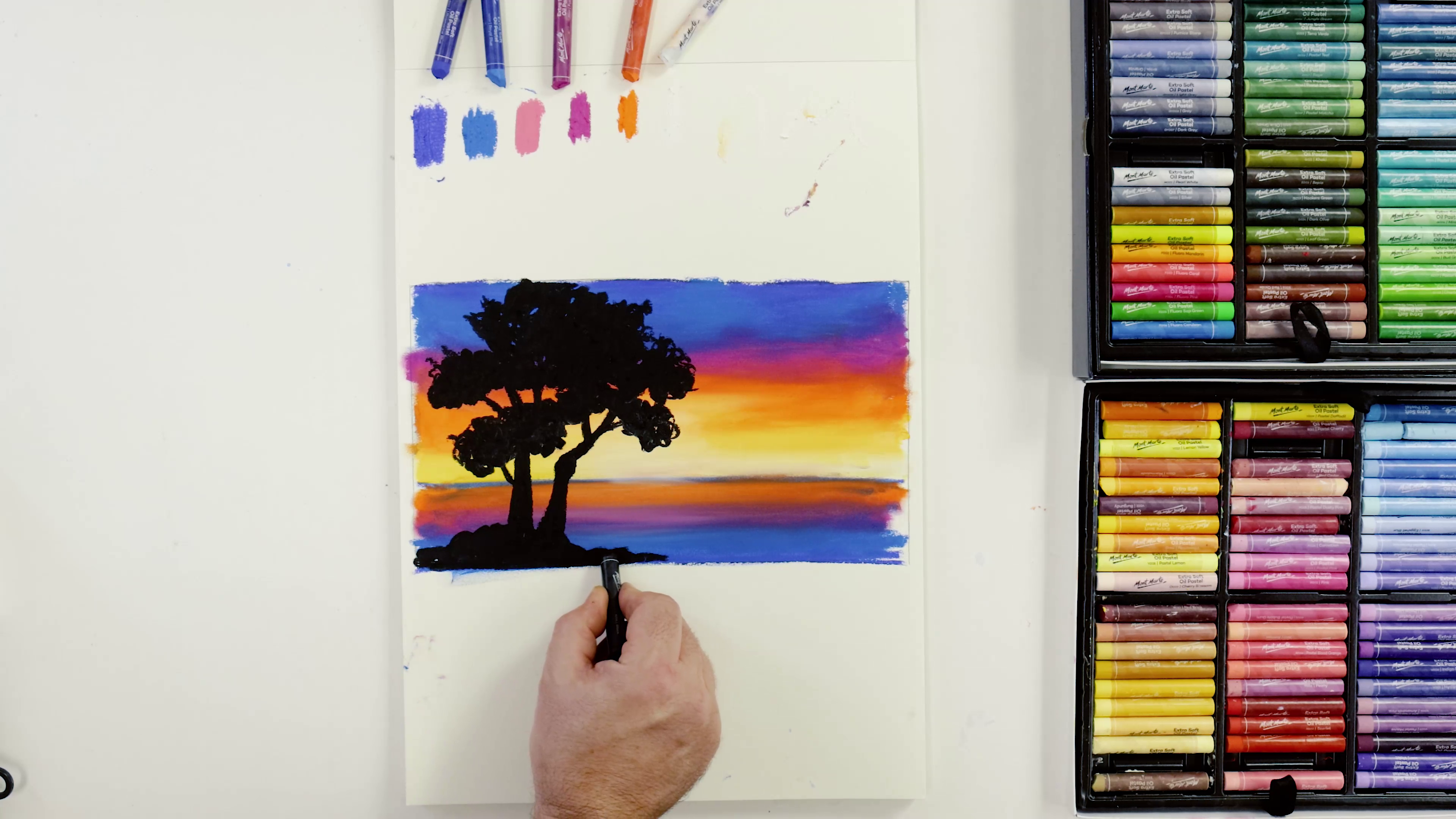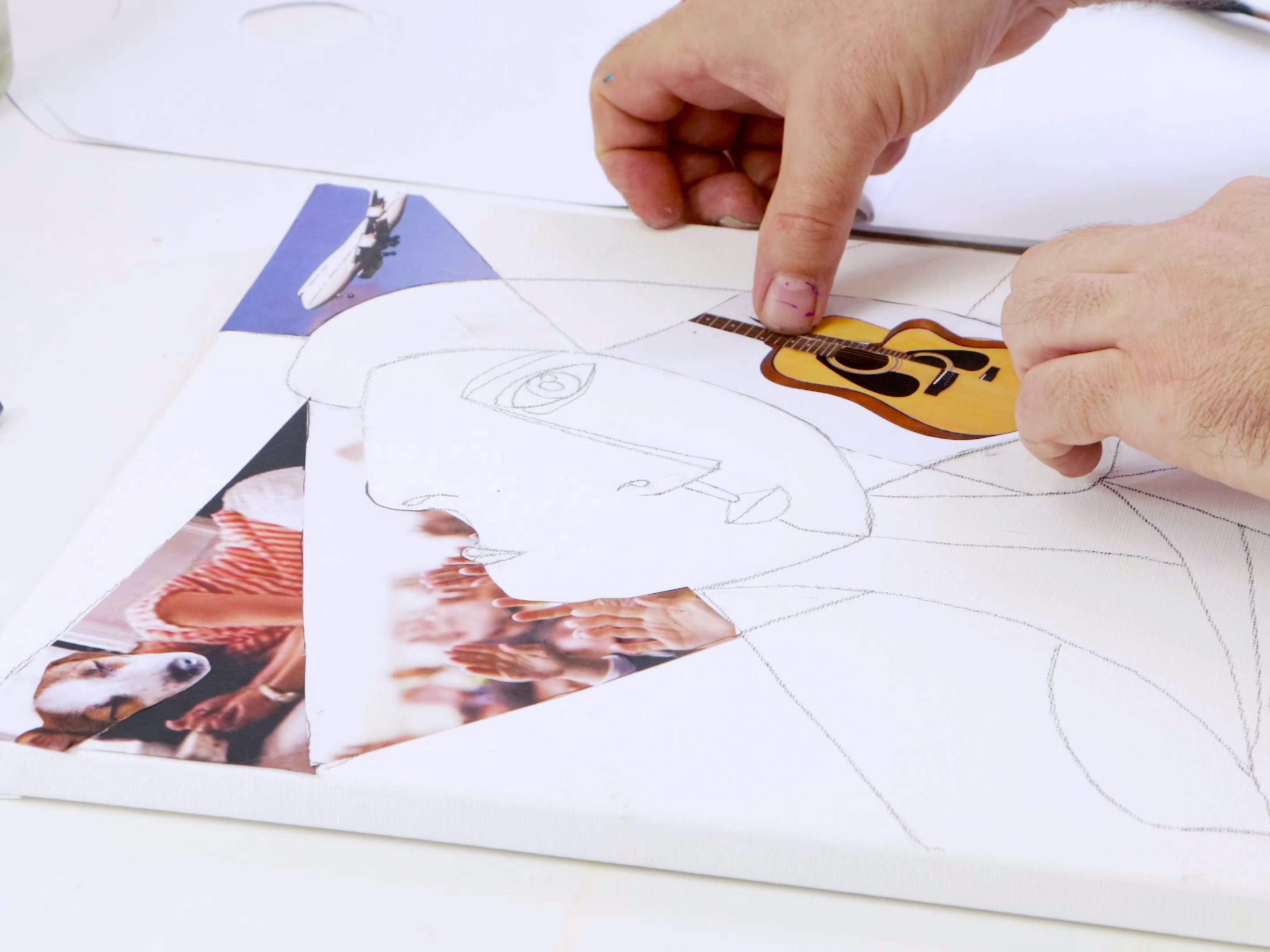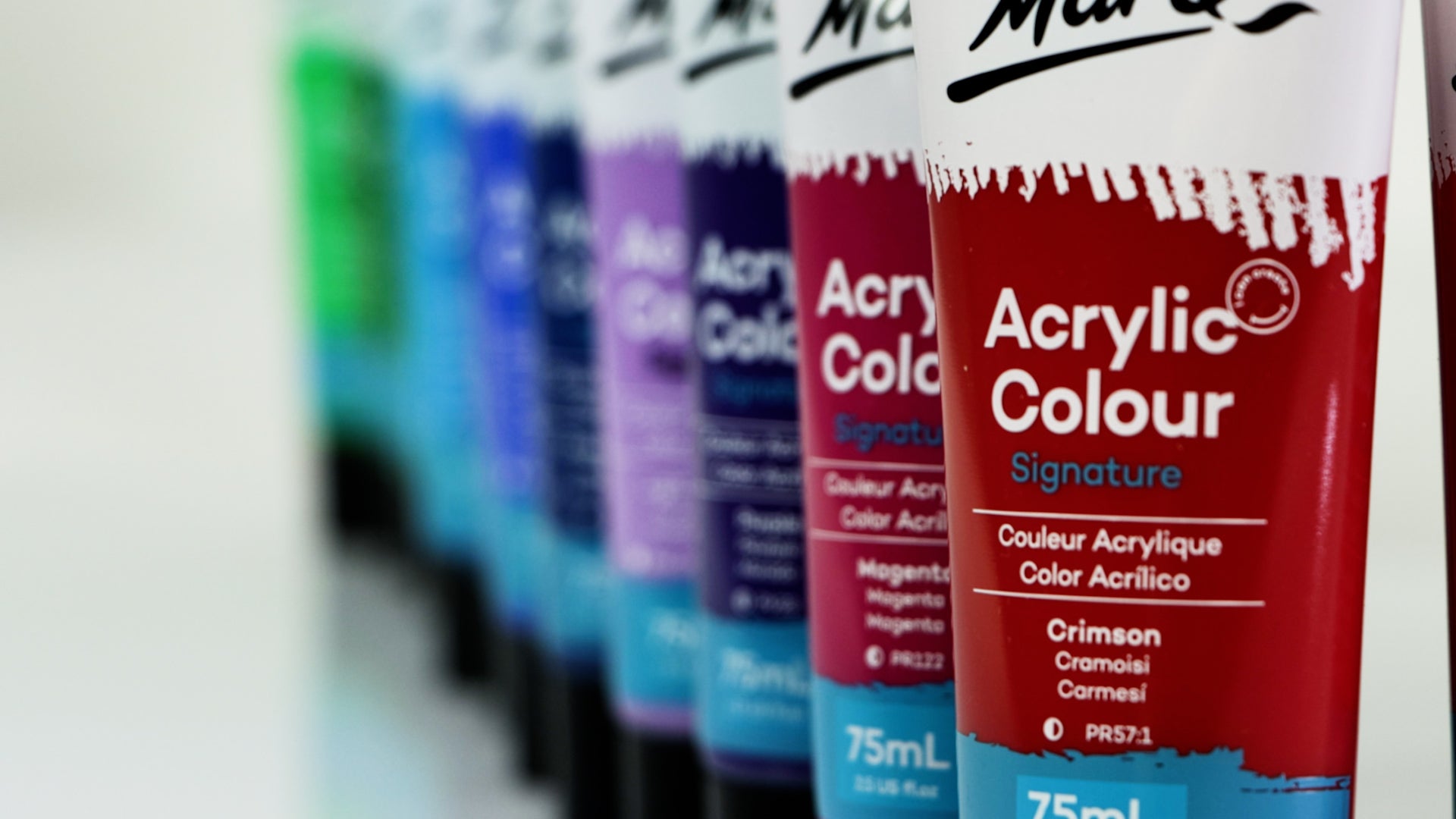We often get varnish questions sent through to us; from is varnish waterproof to can I paint over varnished wood? So, we’ve rounded up our most commonly asked varnish questions to check out, before starting your next project.

1. Why do I need to varnish?
Varnishing can make the colours in your artwork more vibrant and protect your paintings from dust and dirt. Varnishing will also waterproof clay, canvas, and wood.
2. What is the best brush for varnishing?
A soft, taklon brush is the best for varnishing both acrylic and oil paintings. For oil paintings, a natural hair bristle like goat hair can also help spread the varnish more evenly. To varnish, lay a coat down, slightly overlapping the brush strokes to get an even application. Then apply again the opposite way, this will make sure you get the best coverage and an even application. Then allow it to dry completely.

3. Can I varnish an acrylic artwork?
Yes you can! For acrylic artworks, choose an acrylic varnish. Our gloss and matte mediums are great for acrylics and it’ll make your colours even more vibrant too. Or if you’re wanting to add some shimmer, then our iridescent medium is great for adding some shine. Apply your desired varnish with a soft taklon brush, before leaving it to dry. You can watch how to varnish an acrylic painting in this how-to.
4. How do you varnish an oil painting?
Oil paintings will need an oil-based varnish like safflower oil. For longer lasting works, you’ll want to wait a minimum of six months before varnishing an oil painting. This is because the oil paints contract as they dry, so adding a varnish can cause the paint to crack later on. Apply the varnish to your oil painting and then leave it to dry for 3 – 4 days. You can watch how to varnish an oil painting in this handy how-to.

5. Can I varnish a pour painting?
Yes you can varnish a pour painting too. Apply an acrylic-based varnish like a gloss or matte medium or iridescent varnish using a taklon brush to protect your pour paintings.
If you have used silicone oil, make sure you remove the excess with cornflour, then remove the flour with a light dish soap before varnishing, so the varnish will stick. You can watch our how to varnish pour paintings video for more.
6. What varnish do you use on air dry clay? Or polymer clay?
Our clay varnish is great for air dry clay and polymer clay creations and dries to a hard, transparent finish. Apply the varnish with a taklon brush, before leaving it to dry.

7. Can I paint over varnished wood?
If the wood has already been varnished, you won’t be able to paint over the top of it. If the wood does have a varnish, we recommend grabbing an ESP (easy surface prep) from a hardware store, and applying it over the top of the varnish, before applying the paint.
8. Can you tell me how to get varnish off paint brushes?
This will depend on the varnish type and the brush used. Our varnishes are acrylic-based (excluding safflower oil of course), so warm soapy water will help remove an acrylic varnish from a brush. For enamel-based varnishes or safflower oil, you’ll need to use a chemical solvent like turpentine to remove.

9. What’s the best varnish for paper painting?
A very light coat of acrylic gloss medium or clay varnish should work for paper paintings.
10. Can I use varnish for mixed media painting?
You can use a clay varnish or spray varnish, depending on the media used. For watercolour works or gouache elements, it’s best to shy away from varnish as the medium will reconstitute with water and it can muddy your colours too.

11. Can I varnish over varnish?
Yes you can, as long as you wait for the first coat to dry and cure. For acrylic-based varnishes, you’ll need to wait around 30 minutes to dry and around 1 – 6 weeks to fully cure. For oil paintings, you’ll need to wait 3 – 4 days for varnish to touch dry and up to six months to cure.
12. I’ve made a mistake or want to add more, can I oil paint over varnish?
Though you can varnish over varnish, it’s not great to apply oil paint over the top of the varnished coat. As once the varnish has been applied, it will seal the paint so painting over the top can cause cracking and stickiness.

13. Can I use PVA glue as a varnish?
PVA glue isn’t great for acrylic or oil-based works but you can use it on air dry clay. To use glue as a varnish on air hardening clay, just mix a ratio of 1:1 PVA glue to water.
14. Can I use varnish on metal?
Though our varnish will adhere to metal, it’s not designed for this type of non-porous surface and could be easily damaged or scratched off. It’d be best to use a surface preparer, like an ESP (easy surface prep), before applying the varnish so it has something to stick to.

15. Is varnish waterproof?
Yes, our acrylic-based varnishes are waterproof. To waterproof your project, we recommend you use two coats, waiting for the first to dry before applying the second. This is because your surface may absorb some of the varnish in the first coat and the second will ensure it is completely covered.
You can find more about varnishing paintings here or get started and browse our varnish range.
Do you have a question for us? Reach out to us with your question on Instagram or Facebook, we’re always happy help.


